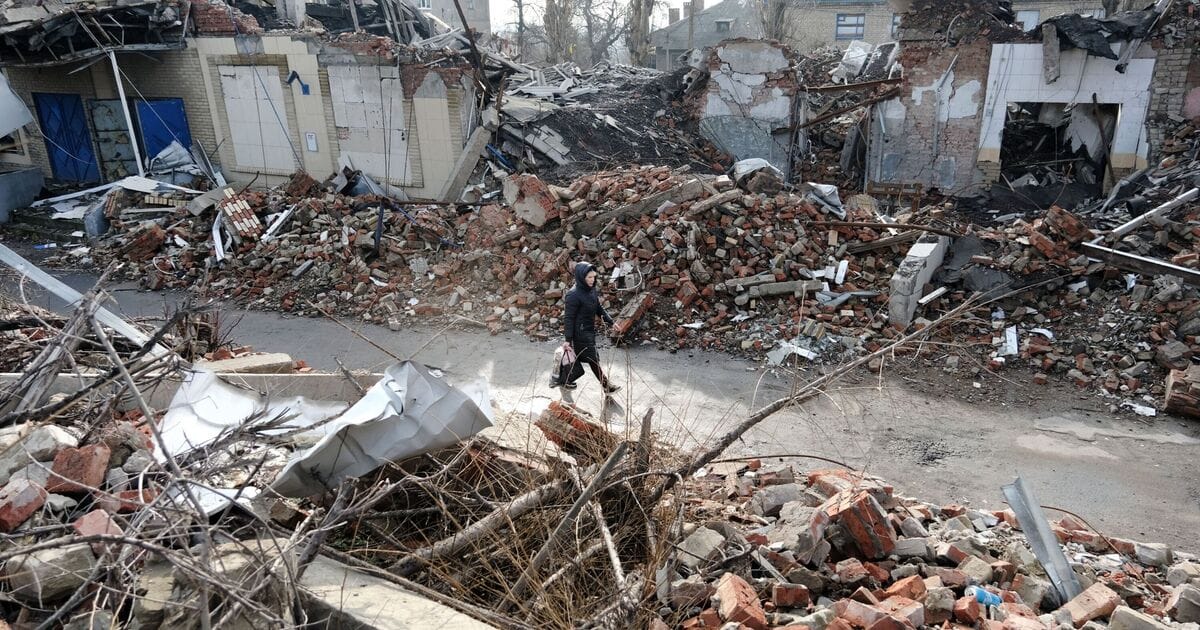One of the greatest conquerors in history died hundreds of years ago, but his grave has never been found.
A Forbidden Zone was established after Ghengis Khan died – the ‘Khan Khentii Strictly Protected Area’. Now established as a UNESCO site, the area is pristine, potentially guarding the secret of the Great Khan’s final resting place.
Ghengis Khan was Mongolia’s first ruler, one of the biggest countries in the world. So it comes with no surprise that the search for Khan’s fabled tomb poses a multitude of challenges.
Mongolia is one of the most sparsely populated nations with roads covering less than two percent of the land. This means there’s endless stretches of deserts and plains, making the hunt for Khan’s tomb comparable to searching for a needle in a haystack.
Having conquered a territory twice the size of the Roman Empire, Khan was the Universal Ruler – “Genghis Khan” in Mongol – of an empire that would eventually stretch from the Pacific Ocean into Eastern Europe, encompassing large belts of present-day China, Russia, and the Middle East.
Khan died in 1227 AD, yet his grave is unmarked and remains undiscovered for nearly 800 years.
The conqueror’s last wish was to be buried in secret, a desire thoroughly accomplished by his soldiers. They reportedly did this in two ways; firstly by killing anyone they encountered on the way to the gravesite, and then they trampled the site under the hooves of their horses until no trace was left.
A plan executed so meticulously, his resting place is one of history’s best kept secrets.
Ghenghis Khan’s birth name was Temüjin, born near a sacred mountain in the northeast of Mongolia. He grew in deep poverty and peril, soughting refuge from the mountain he grew up near to pray.
The emperor’s death also remains a mystery. There are multiple rumours which include a lightning strike, arrow wound and poison.
Despite his actual burial place being unknown, a Mausoleum of Genghis Khan has been built in place. The massive complex, rebuilt in the 1950s in the traditional Mongol style, houses genuine relics and is an important sanctuary for people to worship the first Mongol leader.





